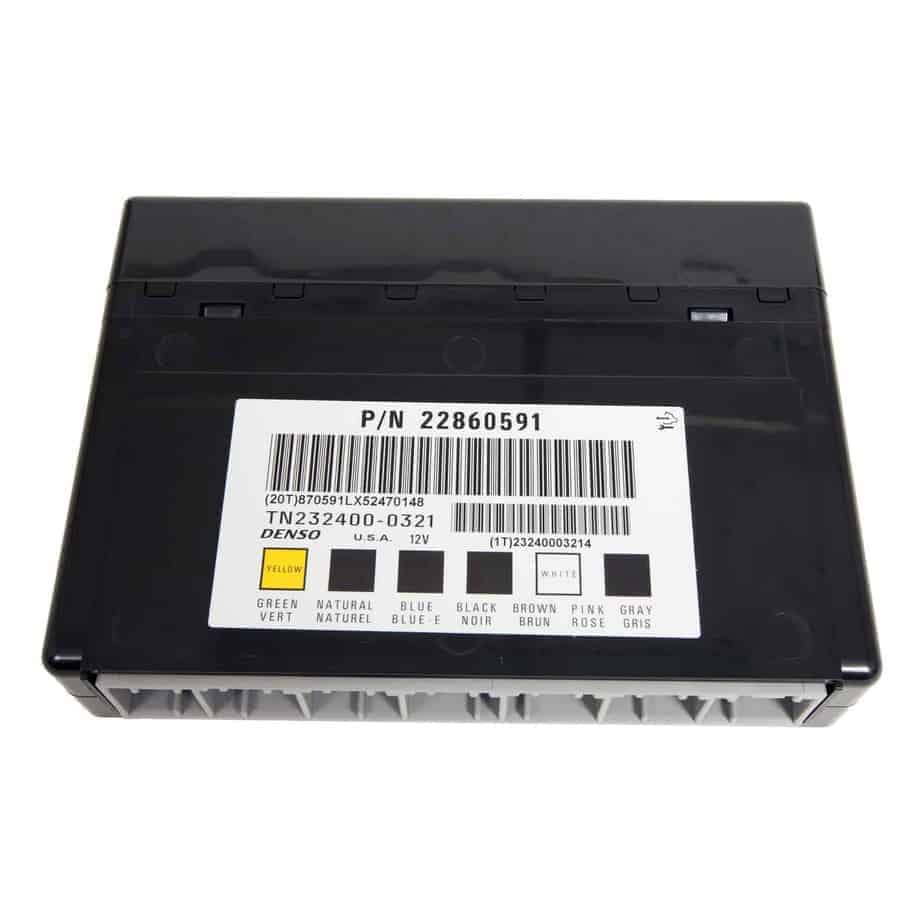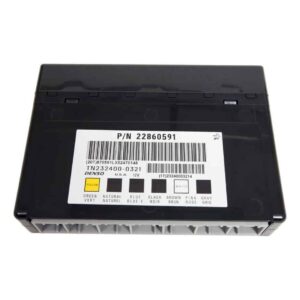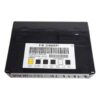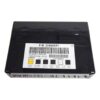Restore Your GM’s Electrical System with a Reliable BCM
Are you battling frustrating electrical issues in your 2010 Suburban 1500? Flickering lights, malfunctioning power windows, or random warning messages on the dash are classic signs of a failing Body Control Module (BCM). As the central nervous system for your vehicle’s comfort and convenience features, a faulty BCM can make driving a nightmare. I’ve spent over two decades in the garage, and I can tell you that chasing these electrical gremlins is one of the most common headaches for owners and technicians alike. This module is the direct, reliable solution you’ve been looking for.
This isn’t just a replacement part; it’s a complete, ready-to-install fix. We take the hassle and high cost of dealership visits out of the equation. Simply provide your vehicle’s VIN during checkout, and our experts will program this BCM with the latest GM software updates specific to your vehicle. This ensures seamless integration and proper function right out of the box, restoring your vehicle’s performance and your peace of mind. Get your truck back to operating the way it was designed to.
A Technician’s Notebook: The Suburban with a Mind of Its Own
A customer brought in a 2010 Suburban 1500 with a bizarre list of complaints: the radio would randomly change stations, the interior dome lights would flicker while driving, and the door locks would cycle on their own. They had already replaced the battery and checked the main grounds. My initial scan showed a flurry of communication error codes (U-codes). Instead of a complex wiring issue, my experience pointed straight to the BCM. These modules are the traffic cops for dozens of electronic signals. When they start to fail internally, they send out corrupted data, causing chaos across the vehicle’s network. Installing a VIN-programmed 2010 Suburban 1500 BCM resolved every single issue instantly. It’s a common failure point I’ve seen fix hundreds of these otherwise perplexing cases.
Common Signs of a Failing GM Body Control Module
- ✔ Power windows, door locks, or mirrors operate intermittently or not at all.
- ✔ The security system acts up, causing a no-start condition or the alarm to sound randomly.
- ✔ Interior or exterior lights flicker, stay on, or fail to turn on.
- ✔ The instrument cluster displays false warnings (e.g., “Service StabiliTrak,” “Service Airbag”) not related to the actual systems.
- ✔ Communication error codes, typically U-codes (like U0140, U0155), are stored in other modules.
- ✔ The radio or climate control system behaves erratically.
Your Straightforward BCM Installation Guide
Installing your new 2010 Suburban 1500 BCM is a manageable task for a DIY enthusiast. In most GMT900 platform vehicles like the Suburban, the BCM is located under the driver’s side of the dashboard, near the steering column.
- Safety First: Always disconnect the negative terminal from your vehicle’s battery and wait about 15 minutes to allow all systems to power down completely.
- Locate the BCM: Remove the lower dash panel beneath the steering wheel to gain access. The BCM is a black plastic box with several large multi-pin electrical connectors.
- Disconnect and Remove: Carefully unplug all electrical connectors. They have locking tabs that need to be pressed or lifted. Once disconnected, unbolt or unclip the old BCM from its mounting bracket.
- Install the New Module: Mount the new, pre-programmed BCM in the same location and securely reconnect all electrical connectors. Ensure they click into place.
- Reconnect and Test: Reconnect the negative battery terminal. Turn the key to the ‘ON’ position (without starting the engine) and test your lights, locks, windows, and other accessories to confirm proper operation.
- Post-Installation Procedures: In some cases, additional steps may be needed. If the airbag light is on, an “Airbag System Sync” (Setup SDM Primary Key) will be required using a professional scan tool. A “Brake Pedal Position Relearn” may also be necessary. Always refer to a service manual for model-specific requirements.
Will This BCM Fit My Vehicle?
This Body Control Module is a direct fit for a wide range of General Motors vehicles. While this listing is for a 2010 Suburban 1500 BCM, it is also compatible with the models listed below. Please verify your original part number against our cross-reference list to ensure 100% compatibility. This module replaces part numbers: 10382479, 15093910, 15276271, 15299986, 15819552, 15828601, 15837419, 15872388, 15872421, 15880684, 15921352, 15921353, 15948438, 15948439, 20815898, 20839063, 20864767, 20864768, 20921435, 20921436, 20935349, 22860591, 25826124, 25826125, 25847588, 25847589, 25892622, 25910474, 25934762, 25934763, and 95151084.
Frequently Asked Questions
What does ‘VIN Programmed’ mean?
It means we load your vehicle’s specific Vehicle Identification Number (VIN) and corresponding software onto the BCM before we ship it. This makes the module recognize your vehicle’s options and security system, allowing for a much simpler, plug-and-play installation without a trip to the dealer.
Do I need to return my old BCM?
No, there is no core charge for this part. You can keep your original module, which can be helpful for future reference or diagnostics if needed.
What if my airbag light comes on after installation?
This is a possibility. The BCM communicates with the airbag system (SDM). If the light appears, a simple ‘Setup SDM Primary Key in BCM’ procedure must be performed by a mechanic with a professional-grade diagnostic tool to sync the systems.
Is any other programming required after I install it?
Our VIN programming handles the critical setup. However, depending on your specific model, a Brake Pedal Position Sensor relearn may be necessary. This is a simple procedure that can often be done with a high-end scan tool.
How do I know if the BCM is really the problem?
A failing BCM typically causes multiple, seemingly unrelated electrical issues. While a full diagnosis is always best, if you’re experiencing problems with lights, locks, windows, and security all at once, the BCM is a very likely culprit. Checking for communication (U-series) trouble codes is a strong indicator.



